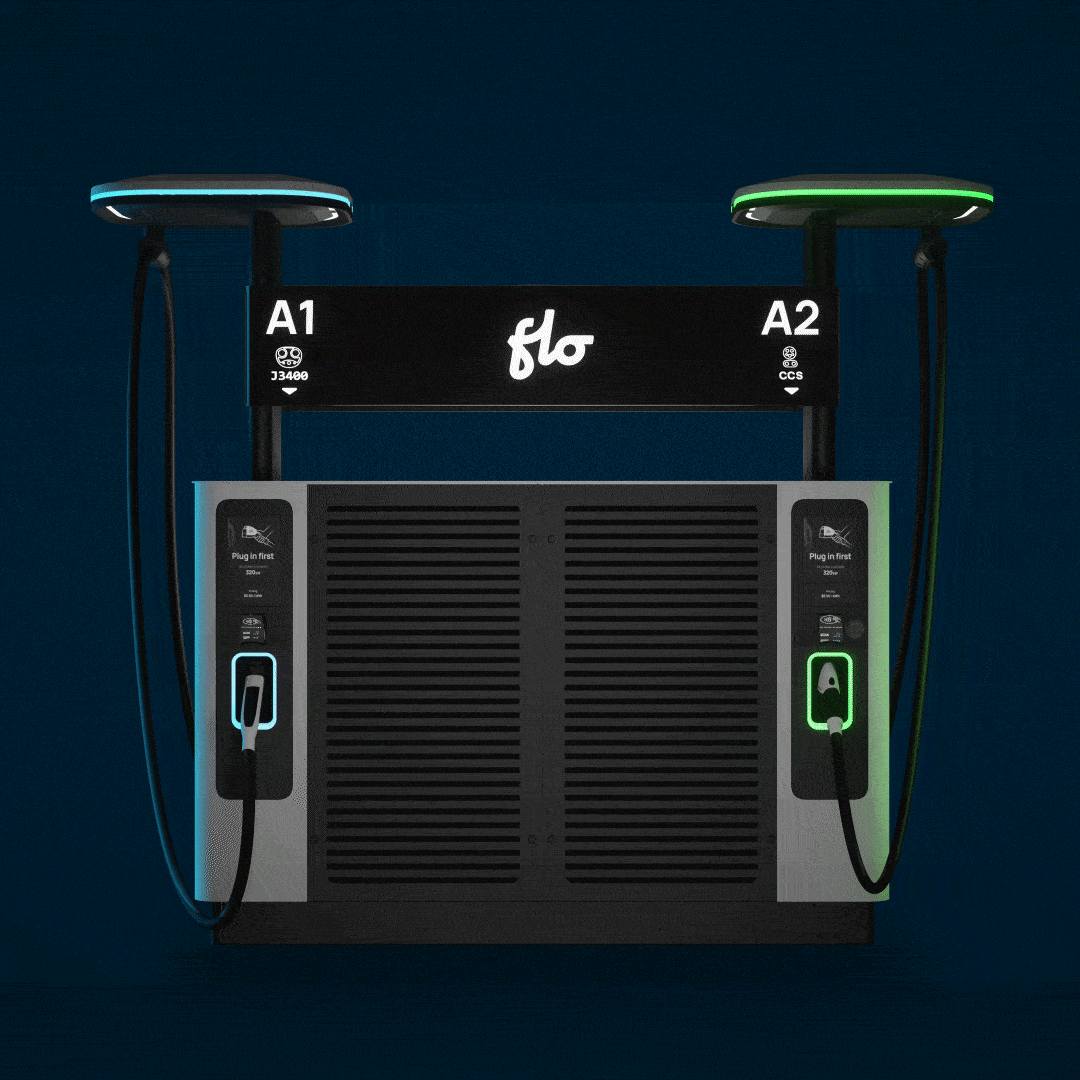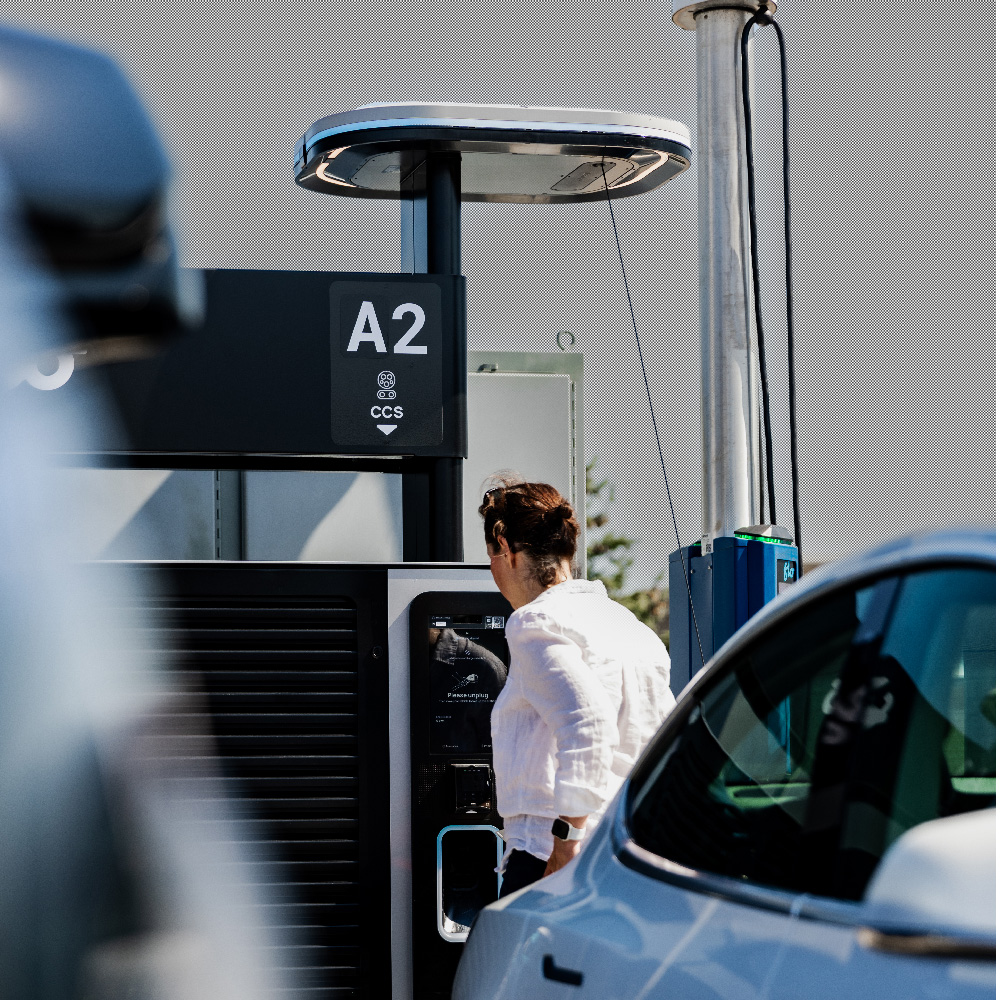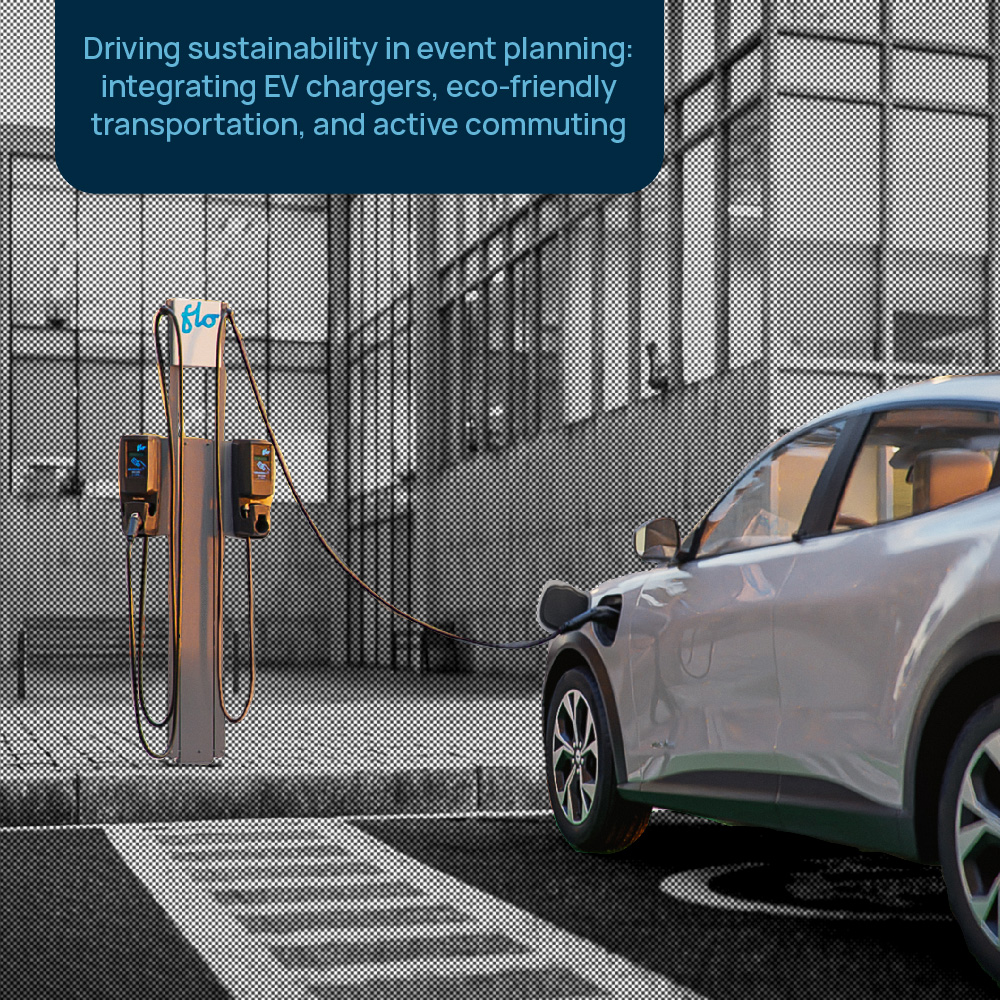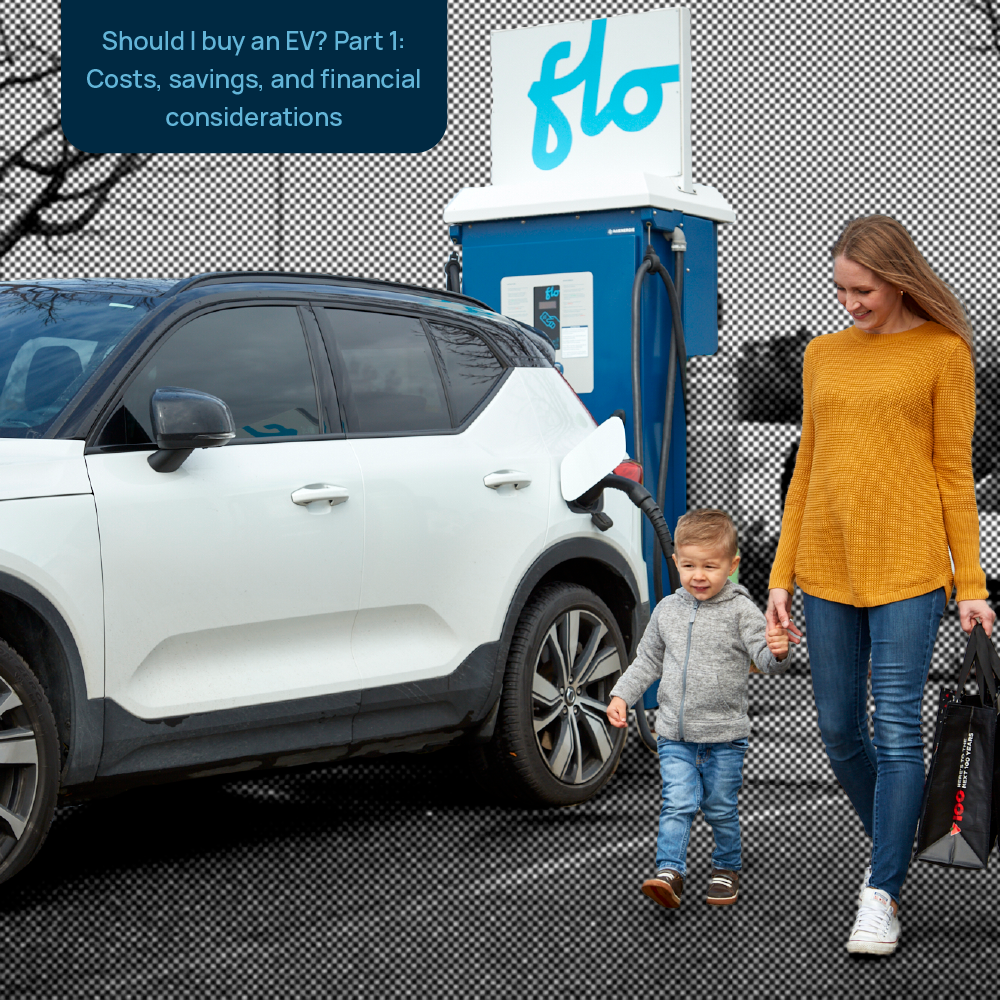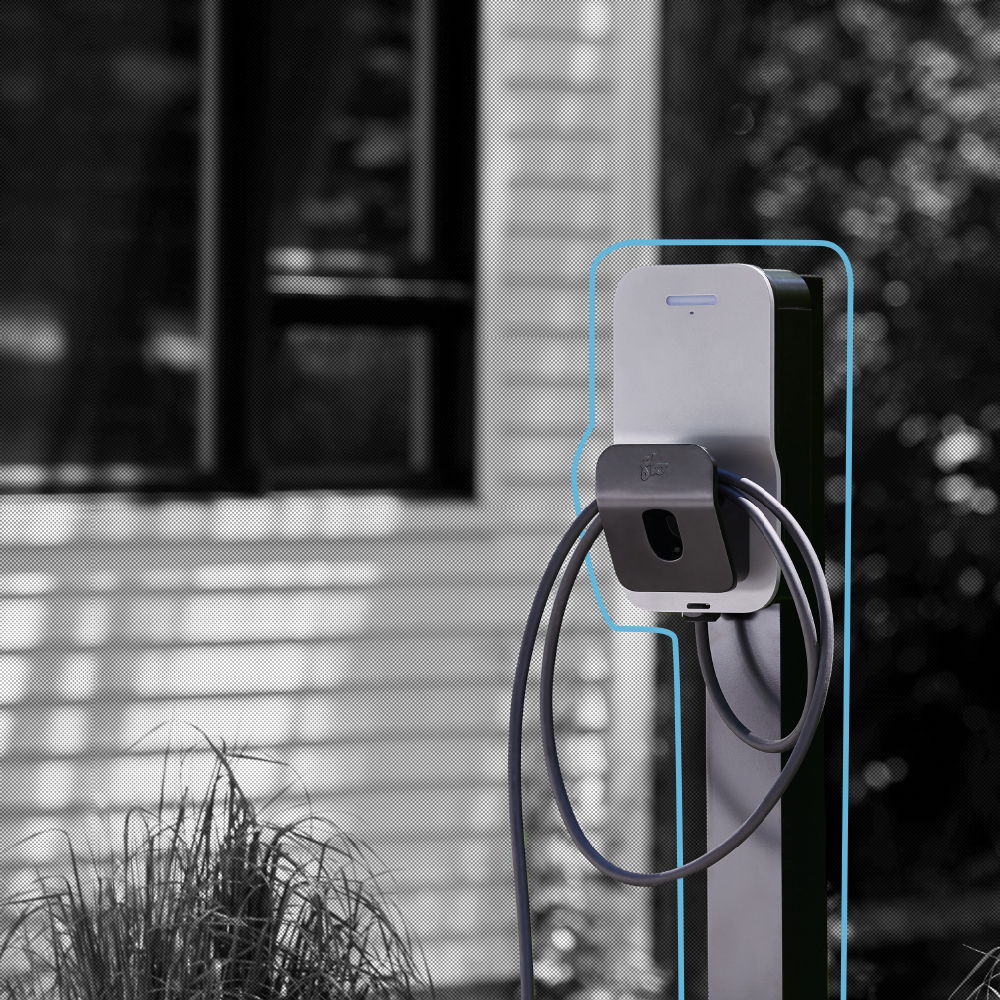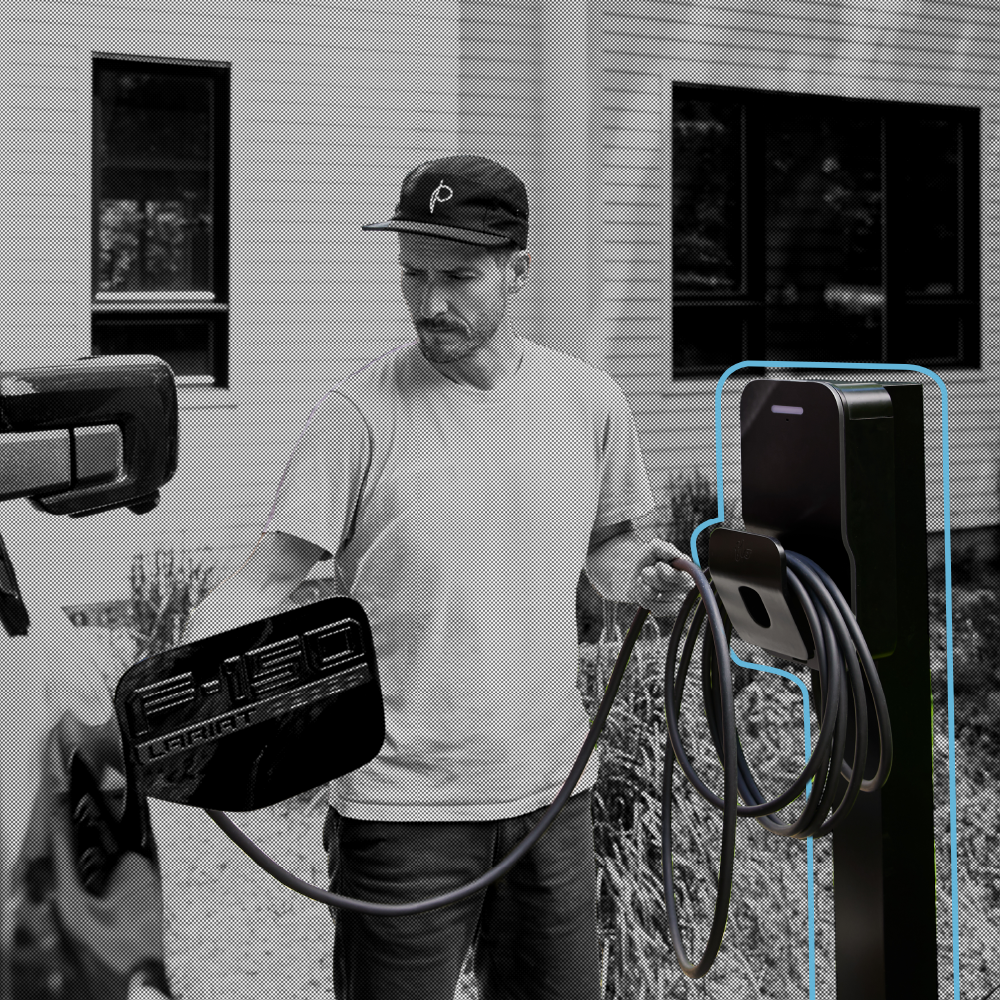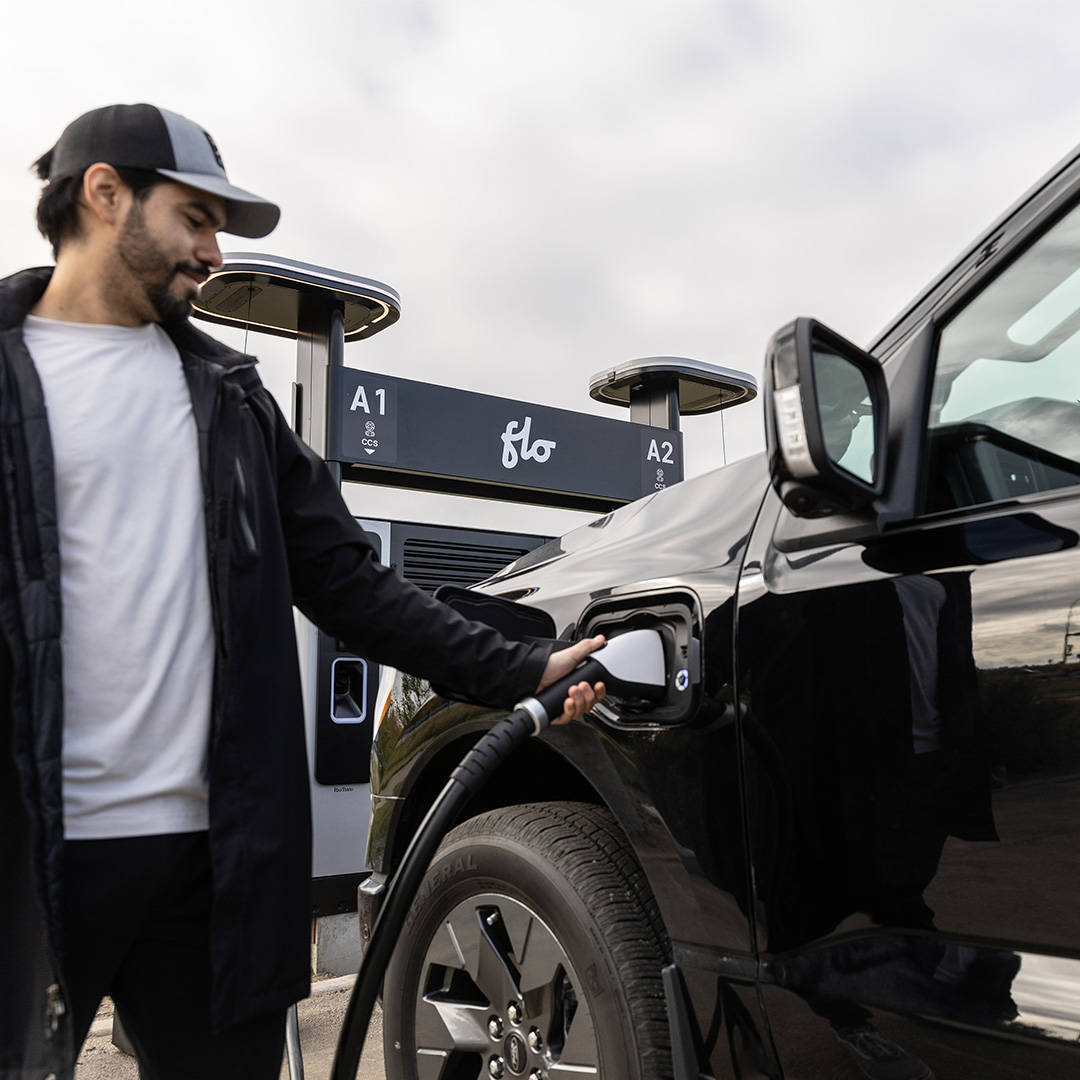By Cory Bullis, Senior Public Affairs Specialist, FLO
It only takes a few minutes for an EV driver to have a bad charging experience, and the tiniest difference in charging station reliability can result in a charger being down for days. The opportunity for consumer frustration is immense.
In our last blog post, we introduced reliability (measured by uptime) and outlined its importance in driving EV adoption. When funding charging stations, governments and other funders should require EV charging companies, utilities, and site hosts to ensure a minimum level of charger uptime. High uptime provides assurances (or acts as an insurance policy) to the public that chargers will work when they need them.
Small variations in uptime lead to big differences in reliability for drivers. Consider the following differences in uptime:
- 99% uptime – 361 days of availability in a year (8,672 hours)
- 95% uptime – 347 days of availability in a year (8,322 hours)
The difference between these two uptime percentages is 14 days (350 hours), and when expanded to include a network of charging stations (e.g. 30,000 public stations), the difference is 420,000 days or 10.5 million hours! With just a 4 percent change in uptime, the opportunities for a bad charging experience are significant. For further perspective, the state of California wants to deploy 250,000 public charging stations by 2025, and its Energy Commission just released an analysis predicting it will need close to 1 million chargers by 2030 and 1.5 million by 2035.
Every hour of station availability is crucial in these early stages of the electric vehicle market, and unfortunately, there is currently no industry standard pertaining to uptime. A lack of a common definition for uptime is risky, and it raises the risk that though many service providers will claim high reliability, EV drivers may experience a vast difference in the quality of their actual charging experience based on their location or the charging network they use. These inconsistencies will undermine drivers’ impression of EVs as a reliable, viable alternative to conventional gas-powered vehicles.
What should the standard be?
Few are likely to challenge the importance of reliability – everyone knows it is important to EV drivers, which will in turn support governments’ EV adoption goals. However, defining a shared standard that everyone understands and is accountable to is another matter.
At FLO®, we believe a reasonable standard for each public charging station is 97 percent uptime, with a minimum of two stations per charging site (redundancy). In other words, at this stage of the market’s development, every public charger should be available for use or in use 97 percent of the time during a 12-month period. There should be two or more stations per site, so that if one station goes down, there will be an alternative. This means users are at a lower risk of not being able to charge.
We would ideally like to see an uptime standard that is as close to 100 percent uptime as possible, but allowing for zero or almost no downtime comes with a higher cost. Charging stations are high-touch, complex electrical and physical infrastructure that can be damaged with improper use. Achieving 100 percent reliability means a charger never goes down or that a company has someone permanently on site to fix any failures. At this stage in the market’s development, it is important to balance ensuring a high level of service to drivers (354 days a year of availability) with flexibility for charging providers, funders, utilities, and site hosts. In our experience, as one of the largest charging networks in North America, if a deployment prioritizes hitting 97 percent uptime (11 days of outage) and builds in redundancy at a site level, this is typically as good for users, and more financially practical than reaching 100 percent uptime with only one station on-site. This approach also provides more stations for drivers to charge at concurrently under normal operating conditions.
However, as illustrated in the example above, 95 percent reliability (18 days of outage) seems less than tolerable from a driver experience perspective, especially when applied at multiple sites or across an entire network. The opportunity for creating a bad charging experience is high, which will only hurt consumers’ confidence in EVs. There are plenty of anecdotes about chargers being down for weeks or months at a time, indicating an unacceptable level of reliability.
Should 97 percent always be the standard?
Governments and utilities should hold EV charging companies accountable to a reliability standard for any public charging stations that are deployed using their funds. And this is where a reliability standard acts as an important insurance policy for the public. Public and ratepayer funded charging deployments rightfully require a higher degree of accountability and public benefit, as that same public deserves assurance that their valuable (and limited) dollars will provide the benefit promised by industry. So not only does a reliability standard drive consumer confidence in using EVs, but it also ensures the public believes its dollars are being spent wisely by governments and utilities alike. After all, states and utilities are investing hundreds of millions of dollars in charging projects over the next several years. This will also be critical to ensuring value for money with federal dollars that may be invested by the Biden administration.
What about vandalism or misuse?
There are also some scenarios leading to charger downtime that deserve special consideration, such as abuse or vandalism. Not accounting for this scenario when calculating uptime could unintentionally disincentivize deployment in areas with higher vandalism rates (we will discuss how to include this consideration in our next post).
No matter what the standard is, there also needs to be a shared understanding on how to calculate uptime. It is more nuanced than you may think, but absolutely feasible and straightforward, and the sooner we get to a common standard, the better things will be for all EV users.
UP NEXT: We will detail a proposed methodology for calculating uptime that can be used by funders and EV charging networks, and we discuss what EV charging networks can and cannot control for when making this calculation.

